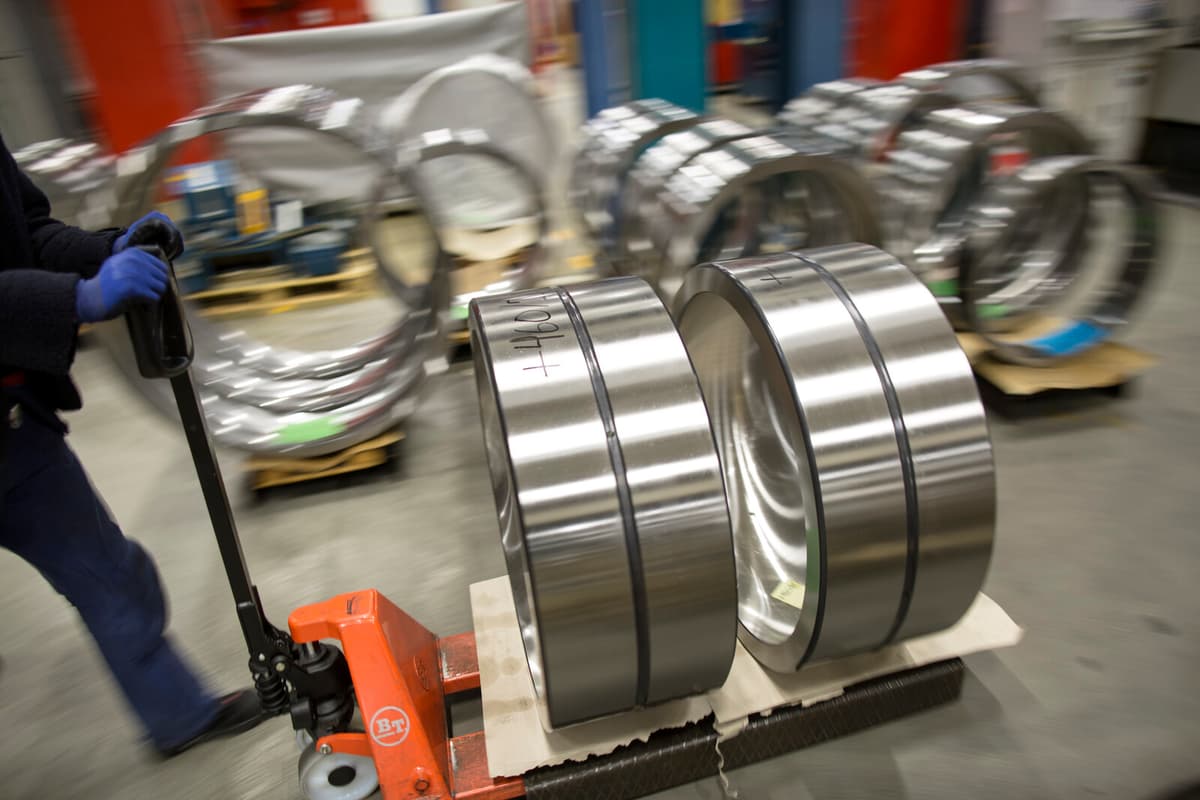A stabilization, even a certain brightening. This is how Caroline Söder describes the situation on the labor market. TSL is a retraining organization for LO-professions. When companies with collective agreements lay off employees, the organization steps in to help the dismissed find new jobs.
And the statistics show that fewer and fewer dismissed employees are now coming into TSL's rolls. It is still a high level, but decreasing. And more of them are getting new jobs.
For those who are established and get laid off, it looks very good indeed. Very many get a job, and they get a job quickly, says Söder.
Has turned
TSL continuously measures how many get laid off and end up with the organization and how many leave for jobs. This ratio has been below one for a couple of years, meaning more laid-off than new jobs.
It has been above one since May, she says.
Employers are still reporting a shortage of skilled labor, so much so that many have kept their staff despite the order books shrinking during the economic downturn, according to Caroline Söder.
This applies to the unemployed who are somehow established on the labor market, but for those who have been without a job for a longer period, it is more difficult.
Mixed picture
Primarily, it is in the manufacturing industry that the situation is relatively brighter. In construction, it is still tough, but there is also a certain stabilization, according to Söder. Job opportunities are also strained within trade, as well as among temporary employment agencies, where client companies often put on the brakes first, just like the temporarily employed are the first to be laid off.
In summary:
We see at least a stabilization and some brightening, but we also have challenges in certain sub-industries, says Caroline Söder.






